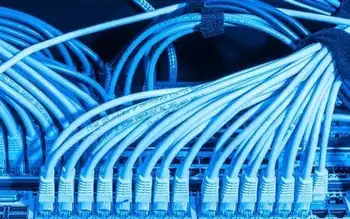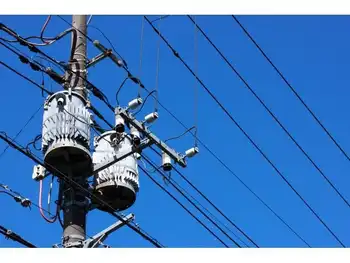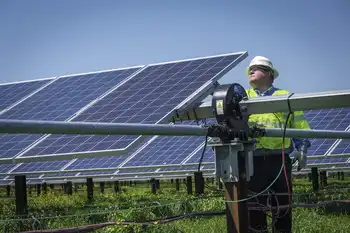Huge solar plant in the works
By Tribune
Protective Relay Training - Basic
Our customized live online or in‑person group training can be delivered to your staff at your location.

- Live Online
- 12 hours Instructor-led
- Group Training Available
The plant is envisioned to produce 250 megawatts of electricity, which would be enough to serve 75,000 Arizona homes, according to Arizona Public Service, one of the partners in the project.
The other partners are Salt River Project, Arizona Electric Power Cooperative, Tucson Electric Power, Southern California Public Power Authority and Xcel Energy.
The largest single solar plant in the U.S. is in the Mohave Desert and produces 160 megawatts. It is part of a system of solar fields built in the 1980s that produces 354 megawatts.
That's many times larger than current solar power plants in Arizona. Tucson Electric Power operates a plant in Springerville with a capacity of 4.6 megawatts while APS operates a one-megawatt concentrating solar power plant in Red Rock.
The largest single solar plant in the U.S. is in the Mohave Desert and produces 160 megawatts. It is part of a system of solar fields built in the 1980s that produces 354 megawatts. The largest recent solar plant is a 64-megawatt installation that opened earlier this year in Boulder City, Nevada.
Several solar plants with capacities up to 900 megawatts are contemplated in California but are not yet under construction.
By comparison, large nuclear or coal-fired power plants typically produce about 1,000 megawatts.
The partners are interested in developing the new plant because it would use the latest technology that may greatly reduce the cost of solar electricity, said Lori Singleton, manager of sustainability initiatives for Salt River Project, another partner.
Solar electricity still costs three to four times more than power produced from conventional plants, but the new technology and economies of scale could make the proposed plant more competitive, she said.
Singleton did not estimate the cost of the plant, but the new Nevada plant cost a reported $250 million and covers 350 acres.
Singleton said the consortium's proposed solar farm might occupy four times that amount of land.
Consortium members hope to select the winning bidder by June, with operation anticipated to start by the end of 2012.
Singleton said the new plant is not expected to have an impact on electricity rates because SRP and other utilities already collect surcharges on customers' monthly bills to cover the added cost of renewable energy. She also said surveys show solar energy is strongly supported by SRP customers.
"They believe solar is the technology where we should be investing their money, based on the fact they see it as an abundant resource for the state," she said.
Under the program, the plant would be built and operated by an independent developer, and the six utilities would sign purchase power agreements to buy the electricity, giving the operator a guaranteed market. In addition to APS and SRP, the consortium includes the Arizona Electric Power Cooperative, Tucson Electric Power, Southern California Public Power Authority and Xcel Energy.
Three types of concentrating designs are possible. APS' Red Rock plant uses a series of mirrored troughs to focus sunlight on fluid that is used to create steam to generate electricity. Other technologies use large dishes or power towers surrounded by mirrors to focus the sunlight. Singleton said the new plant would most likely be located along existing power lines in Arizona or Nevada.
Arizona utilities have received a mandate from the Arizona Corporation Commission to obtain 15 percent of their electricity from renewable sources like solar and wind power by 2025.Commissioner Kris Mayes praised the project, calling it "very good news for Arizona."
She added the commission's mandate has laid the groundwork to make the state a leader in renewable energy.
"I am hopeful that this project will ultimately be located in Arizona, as it will bring good jobs and revenue to local communities," Mayes said. "Arizona's abundant sunshine and geography make it ideal for a CSP (concentrating solar power) project."











